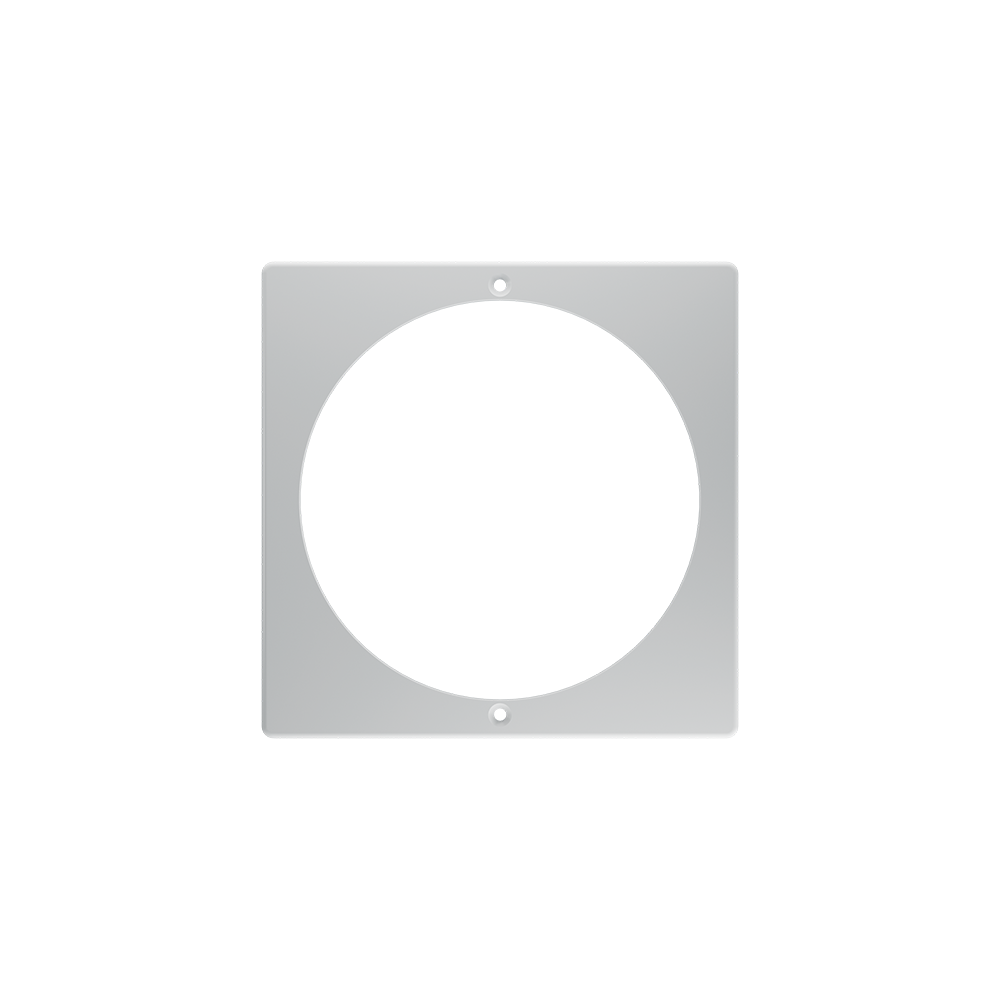- Nov 7, 2018
- 1,049
- Pool Size
- 14000
- Surface
- Plaster
- Chlorine
- Salt Water Generator
- SWG Type
- CircuPool RJ-60 Plus
I recently purchased the WaterGuru Sense after reading about it here. I liked the idea of not having to test the FC/PH everyday, so thought this might be a decent solution. As part of the program, you send them a vial of water for them to test at their lab...as I understand, this isn't the normal "pool store test", but an honest to God laboratory test that should be pretty legit. So, here are the numbers that WaterGuru came up with compared with what I got with my TF-100 (same sample time).
Value // Lab test // TF-100
FC 3.67 // 9.0
CC .24 // 0.5
PH 7.9 // 8.2
TA 80 // 70
CH 274 // 300
CYA 24 // 40
Phosphates 419
Salt 1488 (We do not have a SWG)
Copper 0.1
Iron 0.2
The only "surprise" is that of CYA. I thought I have been getting a pretty accurate # and during this test, I was getting it at the 40 or 50...certainly NOT 30. So, I am not sure what to think of that number. Also, I assume the FC is lower simply because it breaks down over the transit time to the lab.
I am also assuming that the iron and copper numbers are A-OK.
Still on the fence on the Guru. There is a 45 day trial period and the verdict is still out whether it's worth the $.
Value // Lab test // TF-100
FC 3.67 // 9.0
CC .24 // 0.5
PH 7.9 // 8.2
TA 80 // 70
CH 274 // 300
CYA 24 // 40
Phosphates 419
Salt 1488 (We do not have a SWG)
Copper 0.1
Iron 0.2
The only "surprise" is that of CYA. I thought I have been getting a pretty accurate # and during this test, I was getting it at the 40 or 50...certainly NOT 30. So, I am not sure what to think of that number. Also, I assume the FC is lower simply because it breaks down over the transit time to the lab.
I am also assuming that the iron and copper numbers are A-OK.
Still on the fence on the Guru. There is a 45 day trial period and the verdict is still out whether it's worth the $.



